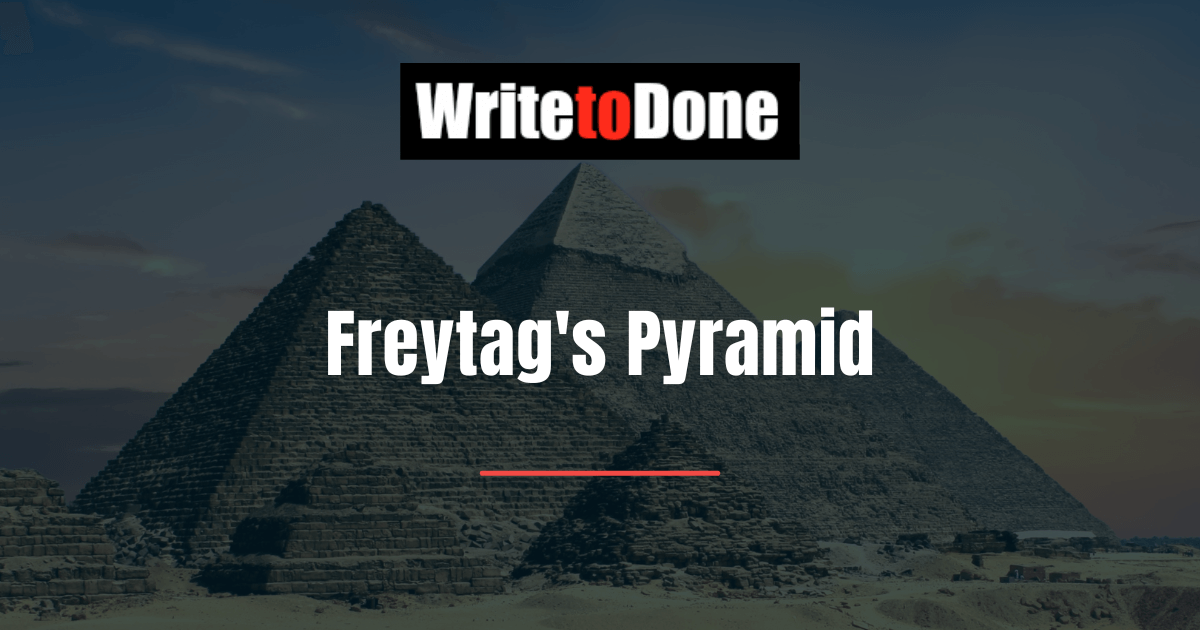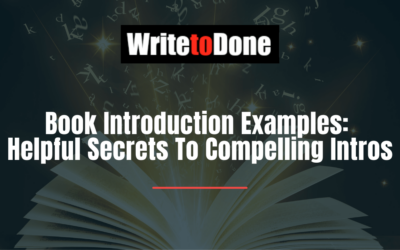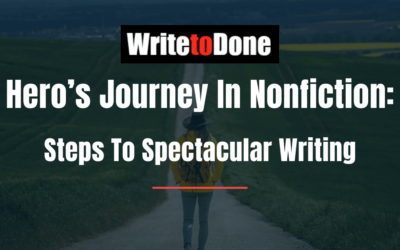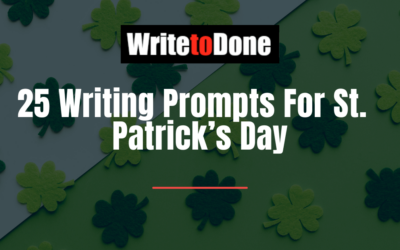The vast majority of brilliant stories tend to follow a specific dramatic structure. Understanding that structure can be difficult but not impossible; thanks to the concept of Freytag’s Pyramid, structuring your story will no longer feel like a difficult task.
What Is Freytag’s Pyramid And How Does It Work?
Developed by Gustav Freytag, the German novelist, and playwright of the mid-nineteenth century, Freytag’s Pyramid is one of the most prominent and oldest dramatic structures.
He theorized that every effective story could be broken into 2 halves, a play and counterplay, followed by the climax in the middle. The 2 halves create the triangle or pyramid shape containing 5 dramatic essential elements.
It’s worth mentioning that shortly after its creation, this structure became highly popular and a lot of great writers decided to use it for writing their own stories, even though they didn’t even know its name. This further proves the efficiency of Freytag’s pyramid.
What Are The Five Essential Elements of Freytag’s Pyramid?
1.Introduction
An introduction contains the exposition as well as “exciting force”. Exposition is the scene in which no crucial or major changes occur. The point of an exposition is to simply introduce the time period, tone, and main characters for setting up an “exciting force”.
Exciting Force is an inciting incident, or as Freytag calls it, the “complication”. During this element or stage of the story, a certain force of will of a protagonist or the outside complication forces the protagonist into motion.
2.Rising Movement
During this element or stage, the action starts to build up toward the climax and any characters that have not been introduced in the story yet will be introduced here.
Also, note that a lot of people usually call this a rising action, while Freytag refers to it as a rising movement.
3.Climax
You can think of the climax as the reflection point. For example, when things are going well for a protagonist, everything can tragically fall apart at the climax point. It can be vice versa too; the protagonist was going through a difficult time but at the climax point, things start improving.
According to Freytag, an author should put their best effort while writing this scene because it is a crucial moment that carries a story as a whole. He thinks about this element as the group of scenes or a scene in which the protagonist’s fullest energy gets portrayed, whether it’s for ill or good, pride or pathos.
After the climax point, whatever ambition a protagonist showed starts reversing against themselves, and whatever suffering they have endured is finally redeemed. In short, the values, themes, and energy shown in the first half of the climax get reversed and then undone in the second half of the climax.
4.Falling Action
At this point, things continue to either lead up to a force of the final suspense just a moment before a catastrophe strikes, or certain things devolve for a protagonist. According to Freytag, it is important to prepare the audience for the catastrophe so that when it finally happens, the audience won’t be surprised by it.
In other words, foreshadowing before the catastrophe is needed. After the foreshadowing, there also has to be a certain moment of suspense where a small possibility of a reversal is hinted at.
5.Denouement or Catastrophe
Freytag was mainly focused on tragedy rather than comedy. He saw the story’s ending phase as a moment of catastrophe during which the main character gets finally undone by their actions, energy, and choices. Then after a catastrophe, there’s the moment of catharsis during which an action of a story gets resolved and tension releases while the audience takes in a story’s final outcome.
Although Freytag never used the word “denouement” in his framework, people who were interpreting him used this term for describing endings with the happy result for a protagonist.
Should Writers Use Freytag’s Pyramid?
Any writer can use this concept. However, Freytag’s Pyramid usually proves to be the most helpful for writers who want to write tragedy and need the framework for helping them think through the story from a perspective of 2 separate halves with the central scene in a middle that acts as the reflection point.
However, it is essentially a matter of your personal choice.


















